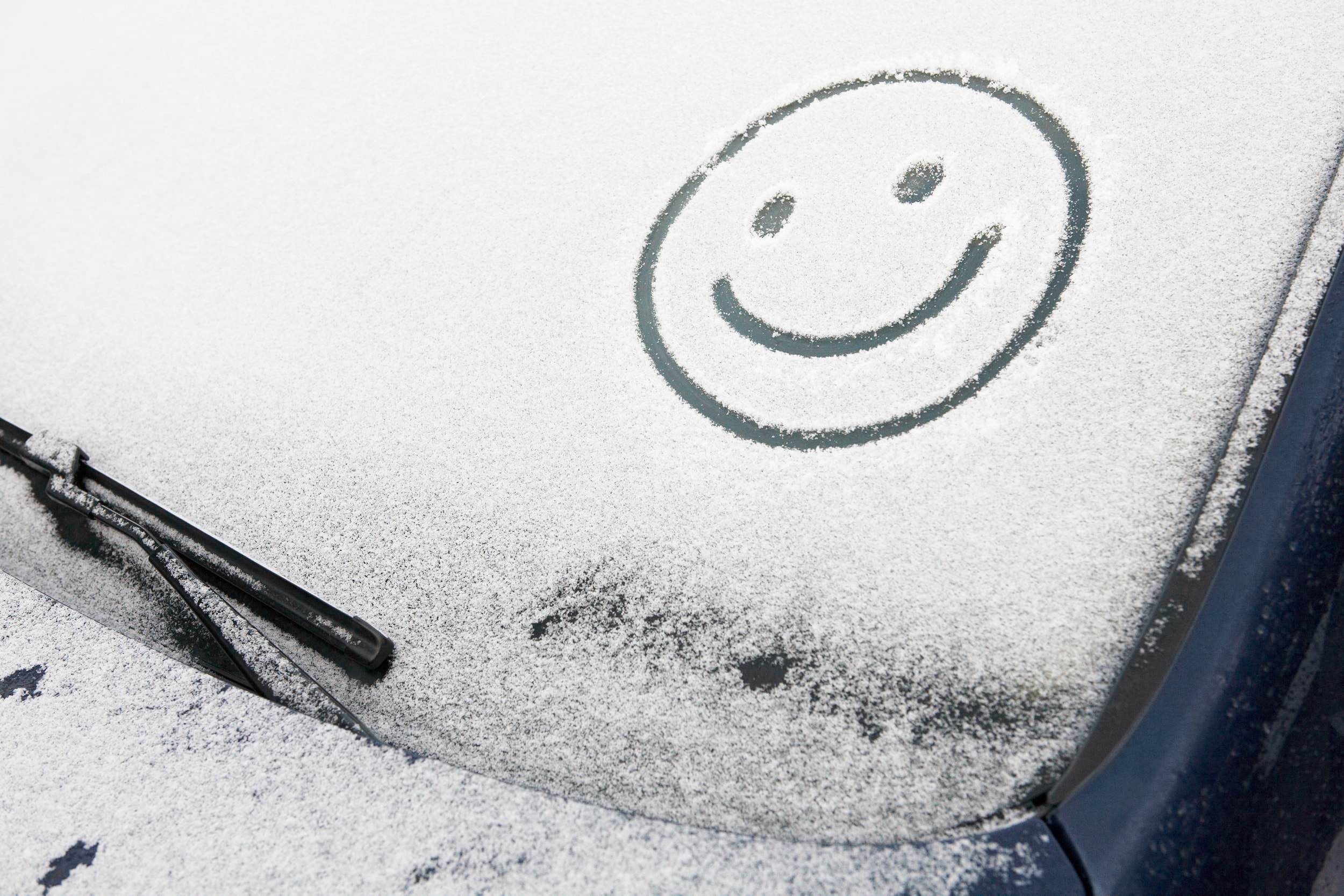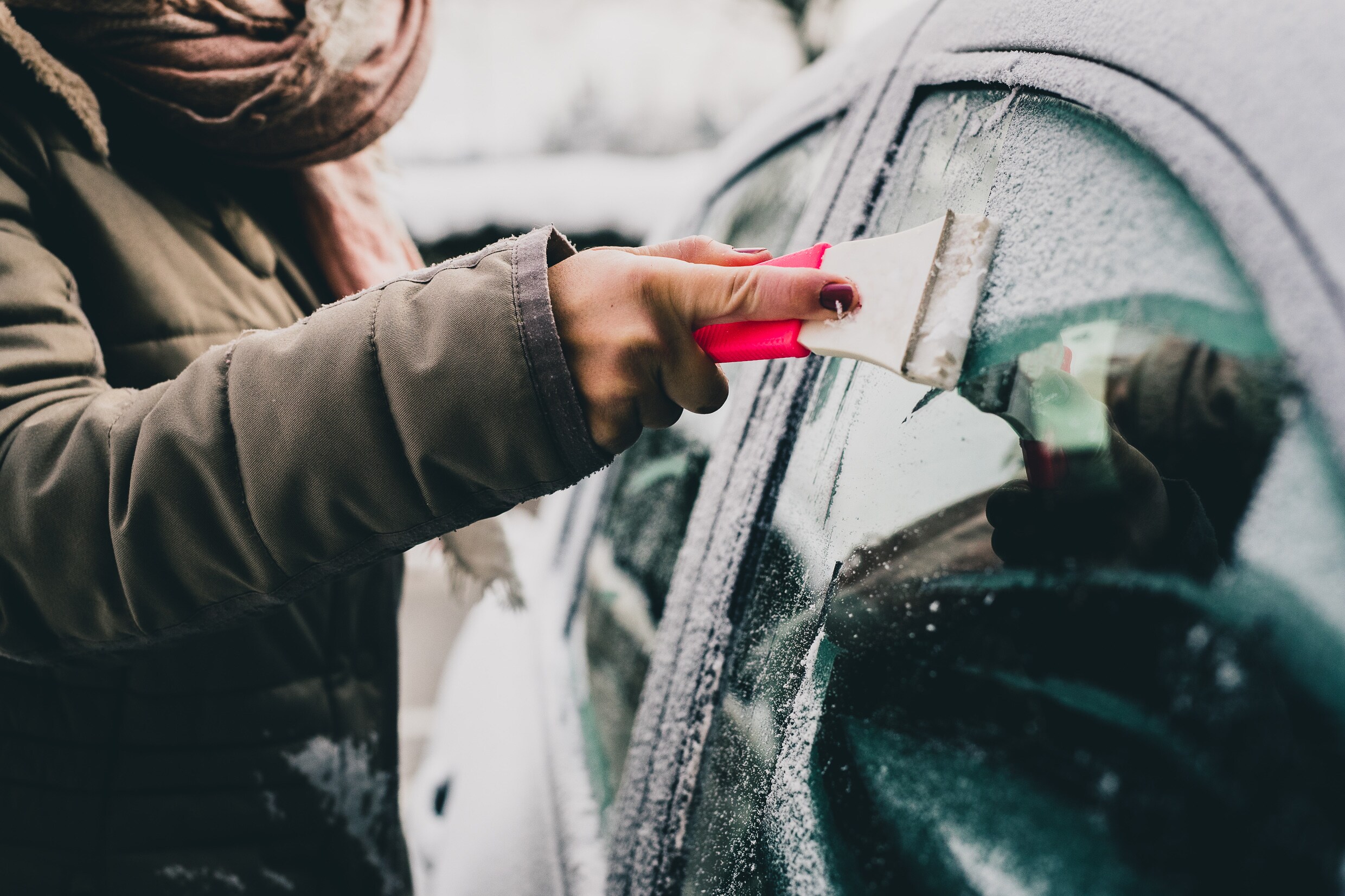Unless you live in Miami, Florida or San Diego, California, chances are that you've had to drive in the snow at some point in your life. For many of us, piloting a vehicle through the white stuff is a fact of life at least five months out of the year. Likewise, we've all seen drivers blast by during a snowstorm and thought, "That guy's gonna wind up in a ditch or worse." Nobody wants to be that guy. Now, you don't have to be.
Even if you have spent a lifetime driving in snow, you can always learn new ways to stay safe on the roads during the winter months. According to the American Automotive Association (AAA), snow-covered roads account for nearly 500,000 vehicle crashes per year and over 2,000 deaths each winter.
Tips for Winter Driving
We have researched the best tips for winter driving and come up with the following list to make sure you will manage driving in snow, sleet, hail, you name it, and get where you're going, safe and sound.




